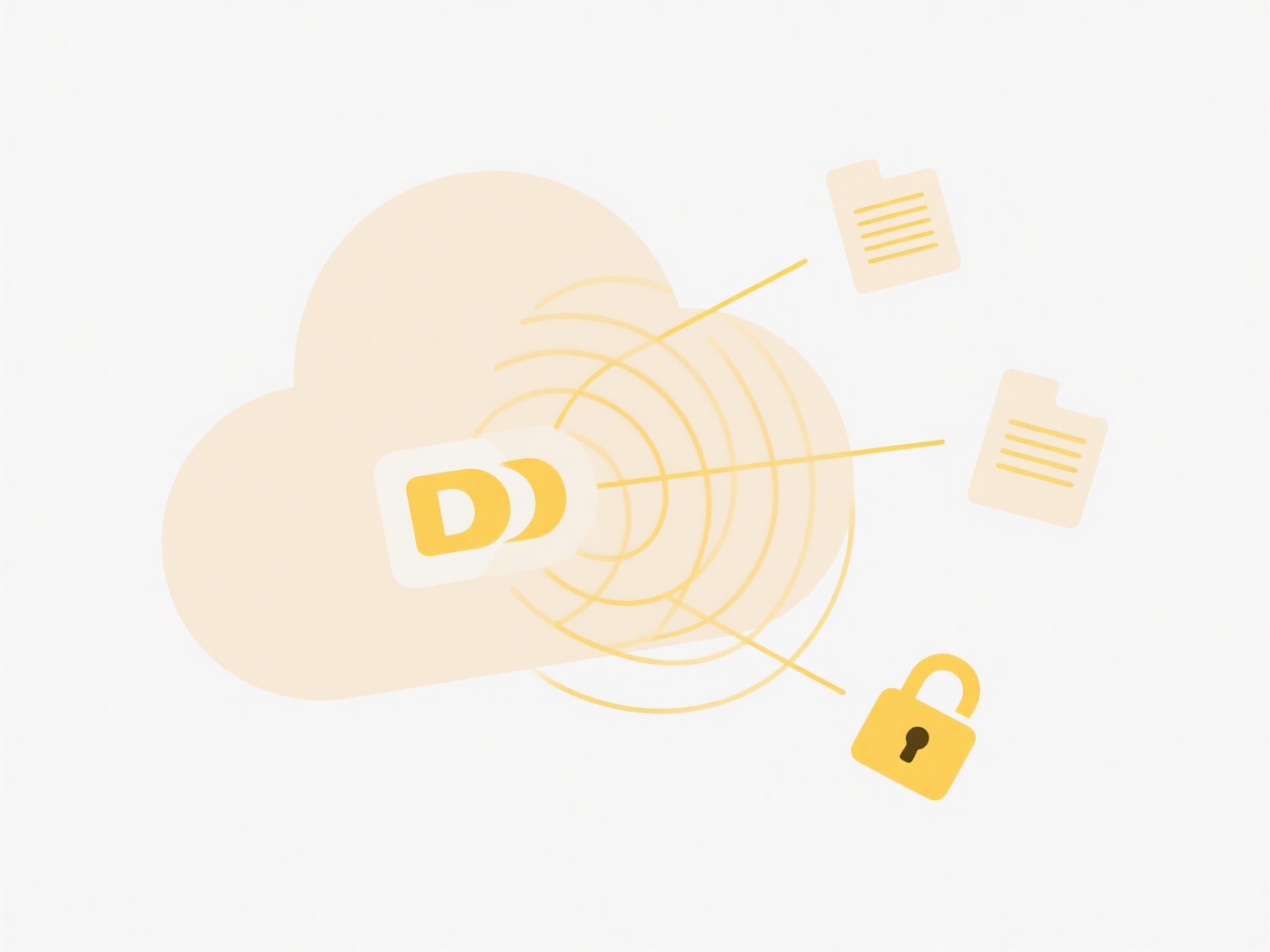
Temporary files are data storage items created by software to hold intermediate information during tasks like processing, editing, or installation. They are intended for short-term use and often automatically deleted. Conflicts occur when multiple processes, such as different users on a network, two applications, or instances of the same application, attempt to access or modify the same temporary file simultaneously. This simultaneous access can lead to one process overwriting changes made by another, data corruption if a file is altered while being read, or crashes if a required temporary file is unexpectedly deleted or locked.

Common examples include image editing software freezing if its large scratch disk (temporary) files are accessed by another program while rendering complex filters. Similarly, in networked environments, collaboration tools or shared web apps might experience temporary file conflicts if multiple users trigger background processes needing the same transient data concurrently, leading to document save errors or system instability. These issues frequently arise on shared workstations or servers.
While temporary files efficiently manage memory and improve performance, their susceptibility to access conflicts presents a significant limitation. Future development often focuses on smarter application-level strategies: generating uniquely named temporary files, implementing proper file locking mechanisms, or utilizing in-memory storage where feasible to minimize this risk. Robust conflict handling directly impacts software reliability and user experience in multi-user or high-demand scenarios.
Why are temporary files causing conflicts?
Temporary files are data storage items created by software to hold intermediate information during tasks like processing, editing, or installation. They are intended for short-term use and often automatically deleted. Conflicts occur when multiple processes, such as different users on a network, two applications, or instances of the same application, attempt to access or modify the same temporary file simultaneously. This simultaneous access can lead to one process overwriting changes made by another, data corruption if a file is altered while being read, or crashes if a required temporary file is unexpectedly deleted or locked.

Common examples include image editing software freezing if its large scratch disk (temporary) files are accessed by another program while rendering complex filters. Similarly, in networked environments, collaboration tools or shared web apps might experience temporary file conflicts if multiple users trigger background processes needing the same transient data concurrently, leading to document save errors or system instability. These issues frequently arise on shared workstations or servers.
While temporary files efficiently manage memory and improve performance, their susceptibility to access conflicts presents a significant limitation. Future development often focuses on smarter application-level strategies: generating uniquely named temporary files, implementing proper file locking mechanisms, or utilizing in-memory storage where feasible to minimize this risk. Robust conflict handling directly impacts software reliability and user experience in multi-user or high-demand scenarios.
Quick Article Links
How can I audit file names to ensure compliance with policy?
Auditing file names for policy compliance involves systematically checking filenames across storage systems to verify th...
How do I manage duplicates across multiple teams or departments?
Managing duplicates across multiple teams or departments refers to the process of identifying and resolving redundant or...
How do I archive folders by year?
Archiving folders by year involves systematically organizing files and subfolders into main folders designated for speci...